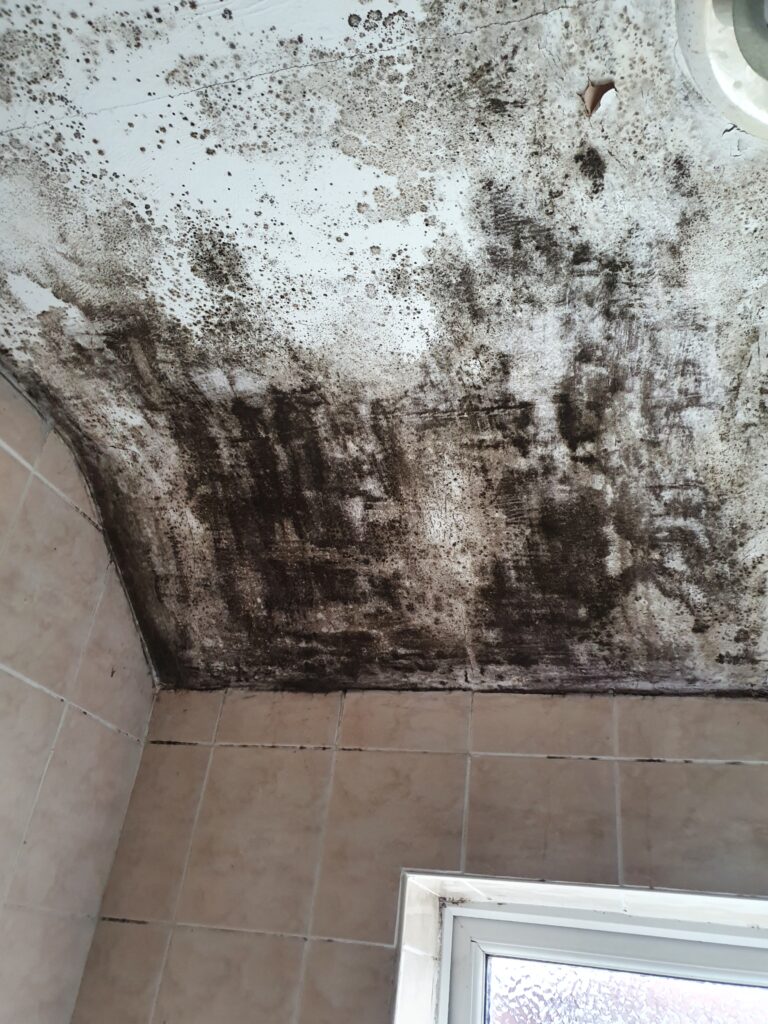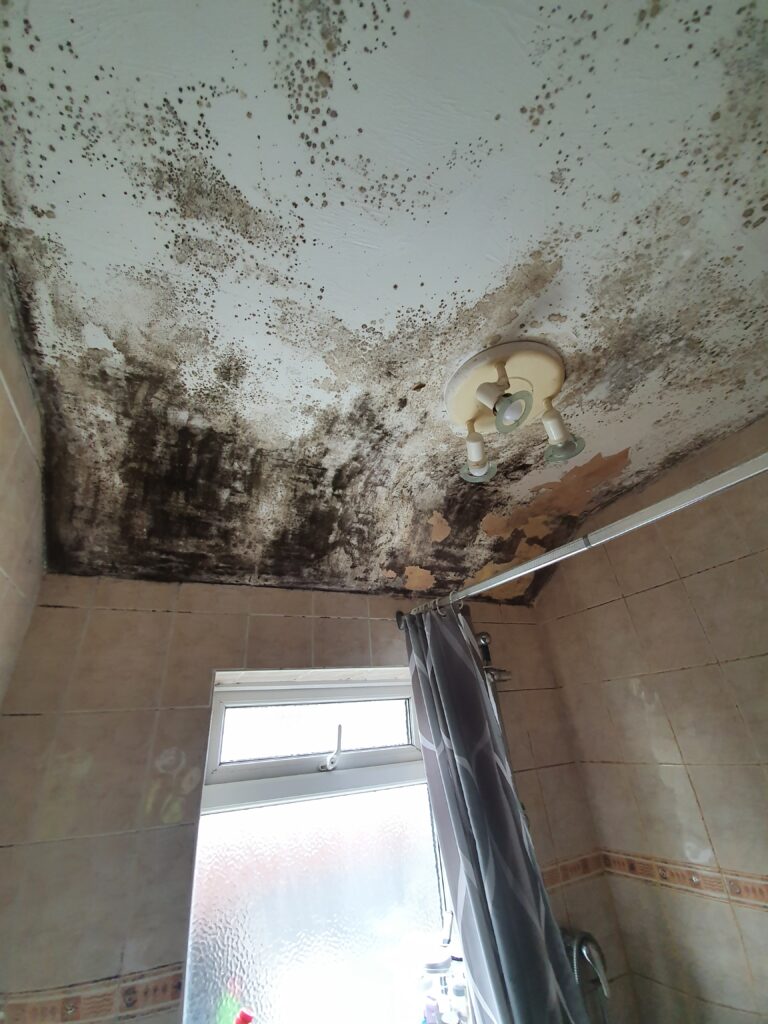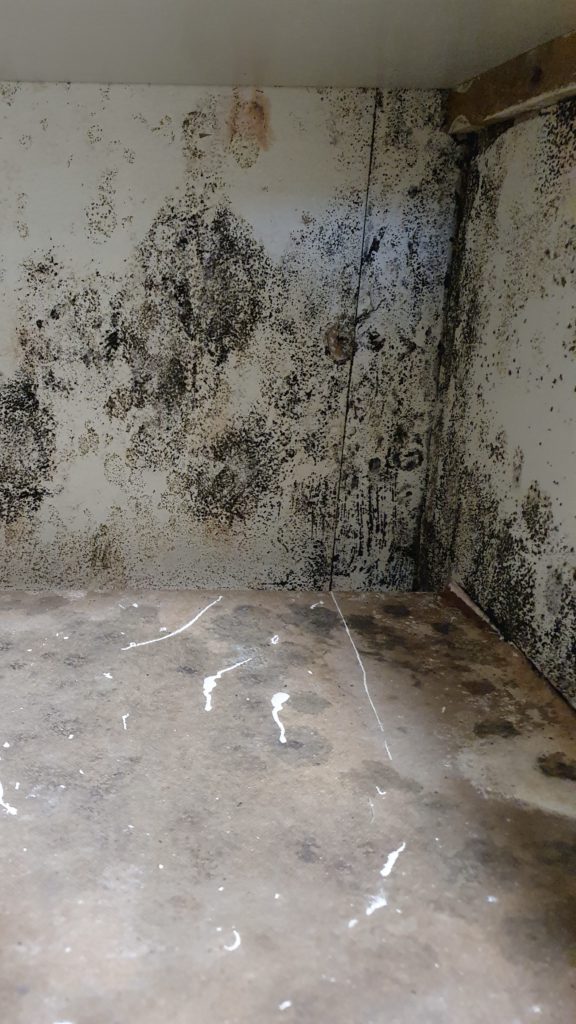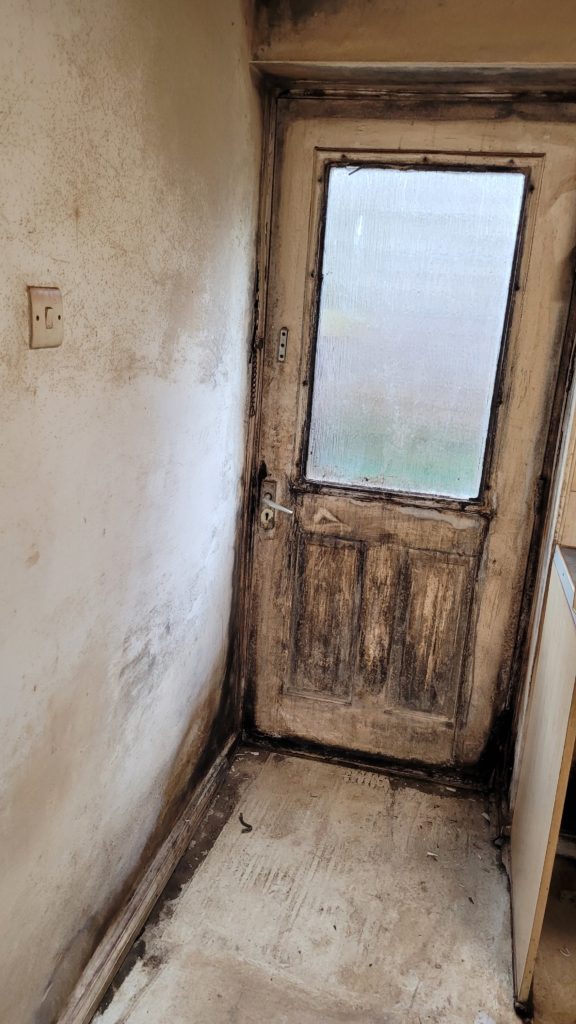On the 9th January 2024, the Department for Levelling Up, Housing and Communities (DLUHC) launched its Awaab’s Law Consultation.
A new legal requirement is proposed for landlords to investigate hazards within 14 days and, once a hazard is identified, landlords must start fixing it within a further 7 days. Any emergency repairs must be made within 24 hours.
Failure to comply may result in legal consequences, including court orders to compensate affected tenants.
Housing Secretary, Michael Gove, emphasised the urgency of these measures, stating, “Today is about stronger and more robust action against social landlords who have refused to take their basic responsibilities seriously for far too long.”
The consultation seeks views on:
- Timescales for initial investigations of potential hazards
- Requirements to be placed upon landlords to provide written summaries of investigation findings
- Timescales for beginning repair works
- Timescales for completing repair works
- Timescales for emergency repairs
- The circumstances under which properties should be temporarily decanted to protect residents’ health and safety
- Requirements to be placed upon landlords to maintain adequate record keeping throughout repair works
This is a crucial time for the sector and vital that Registered Providers of Social Housing respond.
Once any new legal requirement is enacted, any set timescales will be implied into all assured tenancy agreements, so it is vital that landlords respond to the consultation and prepare.


Awaab’s Law Consultation: Transparency and accountability
To ensure transparency and accountability, landlords will be mandated to maintain clear records of their efforts to comply with the new timeframes. This measure aims to prevent landlords from delaying essential repairs and to provide tenants with the assurance that their concerns are being actively addressed.
Faisal Abdullah, Awaab’s father, expressed support for Awaab’s Law, stating, “We hope that Awaab’s Law will stop any other family going through the pain that we went through. Landlords need to listen to the concerns of tenants, and we support these proposals.”
Social housing campaigner, Kwajo Tweneboa, echoed these sentiments, stating, “It’s crucial the Government can make sure this law has teeth and is enforced for it to work as intended.”
Strengthening tenant rights
Through the measures introduced, tenants now have the right to take legal action against landlords failing to rectify dangerous hazards promptly. This builds on the ongoing efforts to improve standards in social housing.
The Social Housing (Regulation) Act, enacted last year, equips the Regulator of Social Housing and tenants with enhanced powers and rights to hold rogue landlords accountable. The Regulator now has the authority to issue unlimited fines and enter properties with 48 hours’ notice to address emergency repairs in severe cases.
The proposed changes align with the Government’s commitment to addressing systemic issues identified post the Grenfell Tower fire. These include not only ensuring the safety and quality of social housing, but also improving the treatment of tenants by their landlords.


Here are the proposals in more detail:
1) Hazards
It is proposed all 29 hazards under the HHSRS would be relevant and there would be no need for the hazard to be category 1.
To determine whether a hazard poses a significant risk and is therefore in scope of Awaab’s Law, their recommendation is that landlords use their judgement and the existing procedures they have in place for repairs.
2) Initial investigations
It is proposed that landlords investigate the causes of damp and mould within 14 calendar days of the initial complaint being made. This can be notified to a landlord through standard communication of letters, emails, calls, but also through a tenant notifying anyone from the organisation of the issue i.e., a neighbourhood officer attending the property, a contractor carrying out a different repair.
It is vital everyone in the organisation is aware of the steps to take if any hazard is reported to them.
The point at which the landlord becomes aware of the issue is the point at which the legal obligations under Awaab’s Law will begin.
If a matter is in court and the landlord is found to be in breach of the timescales, the court can order the landlord to do the repairs, pay compensation or pay some/all of the tenant’s legal costs. If a breach is escalated to the Housing Ombudsman, they have the power to order landlords to undertake repairs and pay compensation to the resident.
3) Written summaries of findings
Within 2 days of the inspection, and within 14 days of the initial report, the landlord must provide a written summary to the resident of their findings, including who inspected the property, when and how the inspection took place, whether a hazard has been identified, whether it poses a significant risk to residents’ health or safety and what the next steps will be, the anticipated timeline for repairs, and a proposed schedule of works. The customer will also need to be given contact details for the landlord, should they have any questions.
Appropriately logging notice and actions thereafter will be more important than ever, so that a detailed and compliant response can be provided within the timescale.
4) Beginning repair works
If a hazard is identified and poses a significant risk to the health and safety of the resident, the landlord must begin repair works within 7 calendar days of the written summary being issued.
5) Completing repair works
Following works being raised, a landlord must satisfactorily complete the repair works within a reasonable time period. The resident should be informed of this time period and their needs should be considered.
There may be circumstances for the tenant that need to be taken into account when planning works i.e. they may have health issues that mean works being carried out must be planned in a particular way. It is vital that the tenant is kept up to date with all timescales and appointments.
6) Timescales for emergency repairs
If an emergency repair is raised by the tenant or is found during the initial investigation, a landlord must action this as soon as practicable and, in any event, within 24 hours of the initial report/finding.
The consultation provides an example list of emergency repairs as follows:
a. Gas leaks
b. Broken boilers
c. Lack of water supply
d. Electrical hazards such as exposed wiring
e. Significant leaks
f. Broken external doors or windows that present a risk to home security
g. Prevalent damp and mould that is impacting the tenant’s ability to breathe
This will likely coincide mostly with the ‘emergency’ repairs that are already considered by landlords.
7) Decanting
If a hazard is identified that poses an imminent risk of harm or danger to the tenant and it cannot be made safe within the timescales set out above, the landlord must arrange for the tenant’s stay in a suitable alternative accommodation until it is safe to return.
It is noted that a provision is included for a defence if landlords have taken all reasonable steps to comply, but it has not been possible for reasons beyond their control.
8) Record keeping
Landlords are expected to keep clear records evidencing all attempts to arrange and do works – including all correspondence with the tenant and contractors alike.
Landlords must make at least 3 attempts to contact the customer to arrange an appointment and they must work with customers to arrange a suitable time. Landlords will be expected to offer timeslots for customers to choose from.
If there is no access, the landlord will need to leave a calling card with contact details and evidence that this card was left will need to be retained.
Landlords will not be expected to make more than 3 attempts to access the property within agreed timeslots, but they will be expected to keep accurate records of their attempts.
If there is a shortage of labour and/or materials, a landlord will be expected to keep the customer updated on any delays and keep records of their communications and their attempts to source workers and/or materials in case they are challenged for failing to meet timescales.
Impact assessment
An impact assessment has also been published alongside the consultation which sets out an overview of costs expected to meet the proposals detailed above.
Consultation responses
The Awaab’s Law consultation will remain open for eight weeks, allowing stakeholders and the public to provide input. Following the analysis of responses, secondary legislation will be introduced to enforce Awaab’s Law as soon as practically possible. The Government continues to engage with the social housing sector, residents, and experts to address unsafe homes.
These reforms mark a significant step forward in the Government’s pursuit of safer and higher-quality social housing, with ongoing efforts to keep the public informed through monthly updates on improvements in social housing in England.
Landlords can respond to the consultation via the online survey at: https://www.gov.uk/government/consultations/awaabs-law-consultation-on-timescales-for-repairs-in-the-social-rented-sector
Next step for landlords
The introduction of Awaab’s Law will see one of the biggest reforms in Housing Law in a decade. Its impact will be felt across the sector and landlords must start planning now.
Landlords should now be:
- Responding to the consultation
- Assessing whether your repairs/assets team have the capacity to meet the timescales proposed. If not, your organisation needs to plan so it will be able to cope with the expected new laws, once implemented
- Reviewing whether your organisation’s recording keeping is adequate. Most social housing providers started this review following the Housing Ombudsman’s KIM spotlight report, but this will now need to be reassessed in the light of the proposals
- Assessing whether your organisation has sufficiently skilled members of staff that can appropriately deal with repairs and decants where required
- Reviewing your organisations decant capacity and process. If you have to move a customer out urgently, do you have accommodation available?
- Reviewing any access process. Would it comply with the proposals within the consultation?
- Reviewing training for all staff. Do your people know what the 29 HHSRS Hazards are? Do they understand your repair obligations?
- Reviewing its out of hours (weekend) repairs capacity, as the timescales proposed are calendar days, not working days
To read about the consulation of Awaab’s Law in its entirety, please click here.

